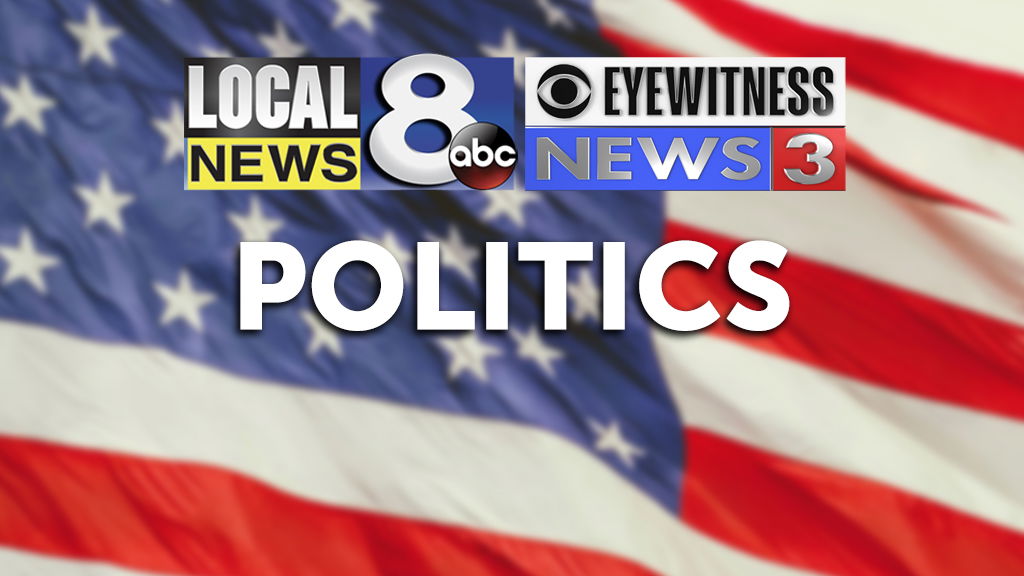Fact-checking GOP criticism Biden’s infrastructure plan will kill jobs, and isn’t really infrastructure

Last Wednesday President Joe Biden announced a more than $2 trillion plan to rebuild US infrastructure, repairing roads, bridges, pipes, as well as expanding access to long-term care services under Medicaid, building schools and expanding internet access across the US.
Biden plans to fund these investments in large part through tax increases. The plan proposes raising the corporate tax rate to 28% from the current 21%, effectively repealing the changes to the corporate tax made under the Trump administration’s sweeping tax cuts in 2017.
Republicans have been quick to pounce, criticizing the plan as a stand-in for the Green New Deal, arguing the tax increases will kill jobs, and complaining that a majority of the funds allocated within the bill don’t go to infrastructure.
Here’s a look at the facts.
Job Losses
Idaho Sen. Mike Crapo claimed, in a tweet, that the plan’s proposed changes to the tax system would “cost jobs, shrink domestic investment and slow down wage growth, ultimately crushing ordinary workers and the middle class.”
Facts First: While a respected tax policy think tank offers a basis for Crapo’s claim that the plan will result in some job losses, other experts predict it will also create new jobs. It remains to be seen whether it will result in a net gain or a net loss of jobs in the long run.
According to a report from the Tax Foundation, cited by Republicans last week on the House Ways and Means committee, Biden’s proposed corporate tax increase alone will eliminate 159,000 jobs in 10-30 years and reduce wages by 0.7 percent. The Tax Foundation also notes that the federal corporate tax rate increase “would raise the U.S. federal-state combined tax rate to 32.34 percent, highest in the OECD and among Group of Seven (G7) countries.”
While estimates could change depending on the average effective corporate tax rate — which measures what corporations actually pay in taxes after taking out items like deductibles and credits — Garrett Watson, one of the authors of the Tax Foundation’s report, told CNN “the Biden tax plan would likely put our average effective tax rate above average in the OECD as it was in 2017” prior to the Trump administration’s tax cuts.
Watson said the Foundation stands by its estimates but clarified that the effects of the other tax provisions are as of yet unclear.
Though it’s possible the plan’s proposed corporate tax increase in isolation might result in some job losses, the plan as a whole is aimed at spurring job creation, especially in the transportation sector.
When asked about Biden’s plan on CNN Wednesday, Nela Richardson, Chief Economist at ADP, said, “In the near term I do think it means an increase in jobs, especially in construction.”
S&P Global estimated that in the short term, Biden’s plan could create 2.3 million jobs, but that as infrastructure projects are completed these jobs would taper off and the net jobs added from the proposal would be 713,000 by 2029.
Not infrastructure
A day after Biden’s announcement, an email from the Republican National Committee claimed “Joe Biden’s ‘infrastructure’ plan is not really about infrastructure, it is another multi-trillion dollar far left wish list,” echoing similar complaints made about the Covid-19 relief package, the American Rescue Plan.
According to the GOP, “Only 7% of the bill’s spending is for what Americans traditionally think of as infrastructure.”
Facts First: The GOP claim that just 7 percent of the bill’s spending applies to infrastructure is misleading. That being said, the debate over what technically counts as infrastructure is a real one, and much of the bill’s spending falls outside even the broadest of definitions.
Biden’s plan includes $621 billion for transportation, $400 billion for homecare service, $300 billion for manufacturing and $180 billion for research and development.
Under their “traditional” definition of infrastructure, the GOP email limits what counts as infrastructure spending to include the $115 billion the plan allocates for modernizing highways, roads and main streets, $25 billion to airports and $17 billion for inland waterways, ports and ferries.
However, Biden’s plan also calls for $85 billion to modernize public transit, $80 billion for Amtrak, $50 billion to safeguard critical infrastructure and $20 billion to improve road safety. The GOP email does not provide an explanation for why those investments are not considered part of infrastructure.
If we include the aforementioned $235 billion additional funding for transportation infrastructure, plus the $126 billion for building housing units, the $112 billion to build public schools and improve community college facilities, the $111 billion for water infrastructure, the $100 billion for digital infrastructure and the $100 billion for power infrastructure, infrastructure accounts for about 30% of the $2.65 trillion plan as announced by the White House.
The Republicans could have fairly argued that a majority of the funds aren’t going directly to infrastructure projects but the 7% number relies on a the GOP’s own narrow definition of infrastructure.
